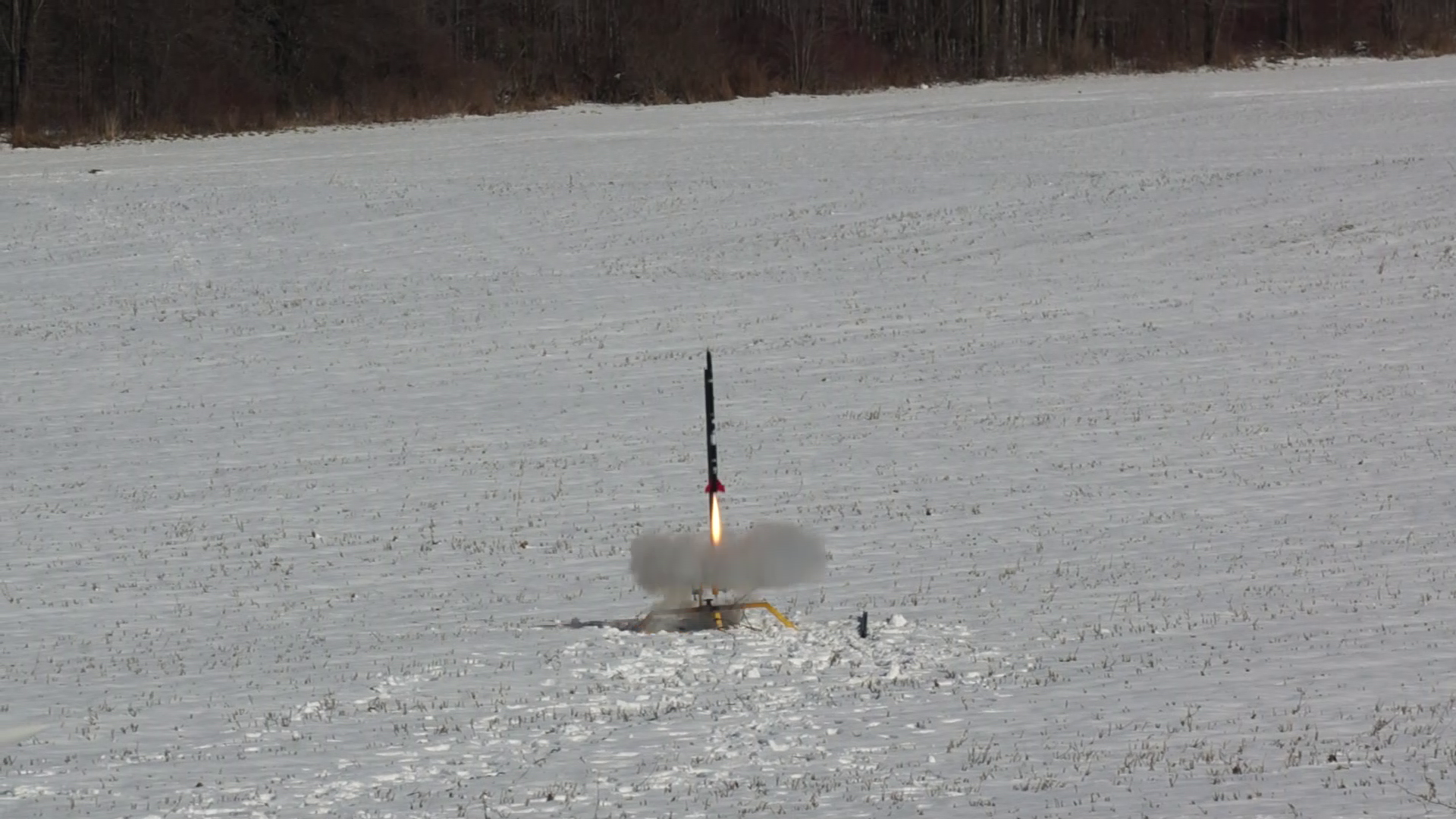Hey Andrew, sorry you missed my first dual deploy of the "new" north coast Archer at NARAM. It was a great flight on a g40, and I have to say I am loving the smaller dual deploy for 2 reasons.
1. our main field is only to G motors
2. im am not L1....YET.....
The information on this thread is great, I have been reading all the cool ideas and trying to work out the best way for me to get in the game. My experience so far just working on this single project has really given me a lot on info and experience.
Anyway, the Archer kit is a 2.6 airframe and I just got a sled kit from Apogee to make life easier. I built the ejection charge cups from using epoxy clay and cutting a section of bass tubing about 1/2 inch diameter and an inch long, and shoving the tubing into the clay that was on the bulkhead. I static tested the system numerous times as I am using fffg bp substitute that I got from a local gun shop. I tested the charges vertically since one of the guys in our club is kinda a guru with small DD, and I just figured his advise was worth taking. At flight time I set the main to eject at 300 ft (low I know, but lots of trees and i built it solid, and the ground was a little soggy). The slight mistake I made was the motor ejection charge went off about the same time as the altimeter charge so the shock cord (steel wire attached to the motor mount bulkhead) got pulled out and the airframe seperated and free fell and a fin stuck in the mud, holding the airframe up off the mud, no damage! the forward section came down about 50 feet from the airframe, so glad I set the charge so low, or else I would have lost it to a thermal. otherwise the flight was perfect. So a small slap and a little quick repair and she will fly again, and the information and experience from that will just make the next flight better. I am having a lot of fun with DD, and I want to do more before I go for L1. Thanks again Andrew for all the advise, and to everyone else who has added to this thread. This humble BAR thanks you all!
here is a pic of a static main deploy test....it is rotated 90 deg...













